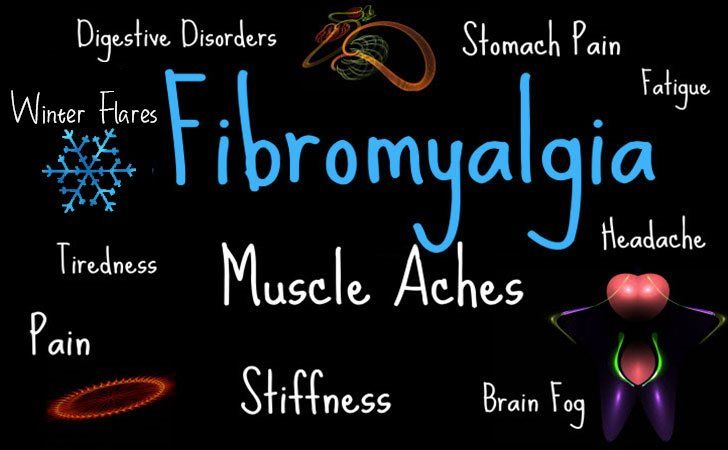It was first identified in 1816 by Sir William Gowers. The word fibromyalgia is derived from the Latin words “fibra” meaning “fiber” and “myo” for muscle, while algia means pain. Thus, fibromyalgia literally means “excruciating muscle pain syndrome.” Fibromyalgia was first described in medical literature in 1819 by Dr. Alexander Crichton (he called it “fibrositis”), but doctors didn’t take it seriously for almost another 100 years. Fibromyalgia is a chronic pain condition affecting around 5 million Americans, that causes severe muscle pain and fatigue. It’s also known as fibromyositis or systemic sclerosis, which refers to the connective tissue damage caused by the condition.
In fact, women between the ages of 20 and 50 account for over 80% of those impacted. Fibromyalgia is a chronic pain disorder characterized by muscular and soft tissue discomfort. Chronic fatigue and sleep problems are also associated with it. Fibromyalgia often affects young to middle-aged adults, with women being more prone than men to get it. Fibromyalgia is a pain disorder that affects the entire body. Fibromyalgia can be severe, but unlike other more well-known disorders, there is no cure. In reality, it is now fatal.
Symptoms of Fibromyalgia
It’s difficult to diagnose because it has many symptoms, and the severity of each symptom ranges from person to person. Some people experience fibro symptoms for just a few days, while others live with this pain every day of their lives. But most people experience widespread muscle pain and tenderness across their body, as well as stiffness in their joints and tendons. Other symptoms include brain fog, cognitive problems such as memory loss or trouble focusing, sleep issues, pain in muscles, joints, and tendons, unrefreshing sleep or restlessness during sleep, often waking up feeling unrested even though adequate sleep has been obtained (insomnia), irritable bowel syndrome (IBS).
What are the causes of fibromyalgia?
Fibromyalgia causes fatigue, sleep problems, and memory issues. It’s not known what causes fibromyalgia, but it is believed to be caused by several factors, including genetics, stress, trauma, infections, and chemical imbalances. But it may be an autoimmune disorder, which means your immune system attacks healthy tissue instead of invaders like bacteria or viruses. Patients with this syndrome experience chronic, widespread pain, fatigue, and psychological distress. It can be triggered by physical trauma (such as injuries), psychological stressors (such as emotional trauma), infections like Lyme disease, endocrine disorders (like thyroid disease), and certain medications. Most people with fibromyalgia experience pain in their shoulders, neck, back, arms, or legs.
Diagnosis of Fibromyalgia
Fibromyalgia is a very common chronic pain disorder that can be hard to diagnose. It affects people differently, and even the most experienced rheumatologists cannot say with 100% certainty whether a patient has fibromyalgia or not. Fibromyalgia can affect people of any age, but it usually begins in early adulthood. The diagnosis is based on the presence of widespread pain and other symptoms that do not improve with treatment for more than 3 months. It is diagnosed as fibromyalgia (and not as another condition such as rheumatoid arthritis or lupus) when there are no abnormal results from blood tests, imaging studies, or physical exams that point to a different cause for the symptoms.
Treatments for Fibromyalgia
There are many treatments for fibromyalgia, and patients should take the time to learn about them before making a choice. The first step is to find out if your doctor can offer you a good treatment option. Many people find that they have to try more than one approach before they find something that works for them. This is because of how complex and difficult this disease is to treat. There are several options when it comes to treating fibromyalgia, each with varying levels of efficacy and side effects. The most common treatment for fibromyalgia is exercise, but this can often be difficult due to the pain associated with the condition. Doctors have recently been prescribing Lyrica as a treatment for fibromyalgia, but it has been known to cause severe side effects such as dizziness, drowsiness, and weight gain.
In conclusion
Fibromyalgia is a poorly understood condition that can leave people feeling isolated and misunderstood. If you or someone you love has been diagnosed with fibromyalgia, it’s important to educate yourself about the condition and its symptoms. While there is no cure for fibromyalgia, there are some treatments that can help with the symptoms. In this article, we have provided you with some simple tools to help understand and manage this condition.








